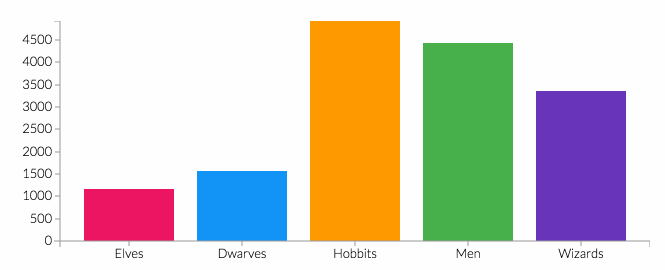Peer Review Process
Peer Review Process
Every article that goes to the editorial staff will be selected through Initial Review processes by the Editorial Board. Then, the articles will be sent to the Mitra Bebestari/ peer reviewer and will go to the next selection by the Blind Review Process. After that, the articles will be returned to the authors for revision. These processes take a month for a maximum time. In each manuscript, Mitra Bebestari/ peer reviewer will be rated from the substantial and technical aspects. Mitra Bebestari/a peer reviewer who collaborates with the Journal of Education is an expert in the public administration area and issues around it. They were experienced in the prestigious journal management and publication that was spread around the nation and abroad.
All submitted manuscripts are read by the editorial staff. Those Manuscripts evaluated by editors to be inappropriate to journal criteria are rejected promptly without external review. Manuscripts evaluated to be of potential interest to our readership are sent to double-blind reviewers. The editors then make a decision based on the reviewer's recommendation from among several possibilities: rejected, revision required, or accepted.
The editor has the right to decide which manuscripts submitted to the journal should be published.
Review Process :
- The author submits the manuscript
- Editor Evaluation (some manuscripts are rejected or returned before the review process)
- The blind peer review process
- Editor Decision
- Confirmation to the author










